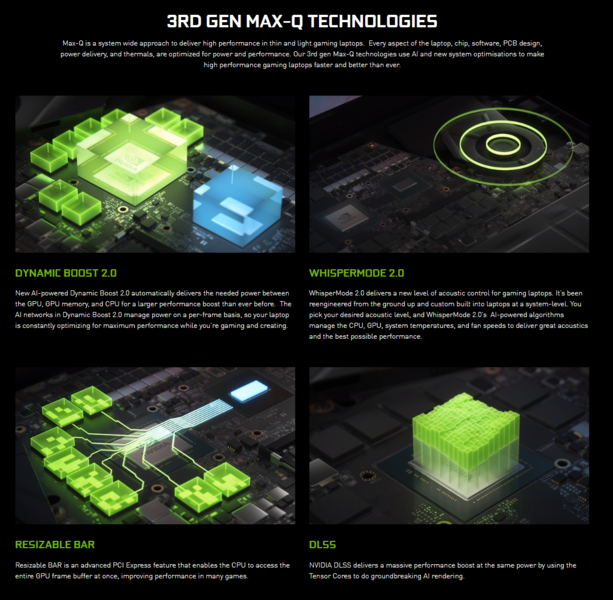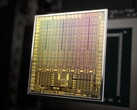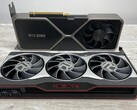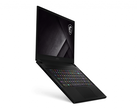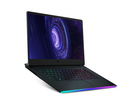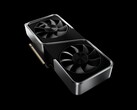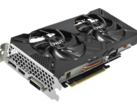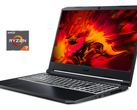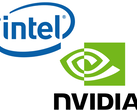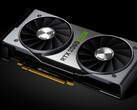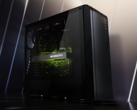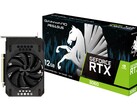XMG may be the first OEM to advertise the wattage of their RTX 30 series GPU options, but it may not be the last. NVIDIA already outlines the 'GPU Subsystem Power' variances to expect from the laptop versions of the RTX 30NVIDIA GeForce RTX 3060 Mobile GPU - Benchmarks and Specs60, RTX 3070 and RTX 3080. However, the company claims that it is encouraging OEMs to list specific GPU wattages on their product listings. According to an NVIDIA spokesperson quoted by Hot Hardware:
Max-Q branding is not going away.
When we originally introduced Max-Q back in 2017, the brand was initially used in GPU naming since Max-Q referred to the GPU TGP only.
Today, 3rd Generation Max-Q is broader, and is a holistic set of platform technologies and design approach to building powerful and thin laptops.
In addition, to be more transparent about a laptop's exact capabilities, RTX 30 Series laptops now show more information than ever, listing exact TGP, clocks and features supported. You will find this in the control panel which now reports maximum power (TGP+Boost), and support for key features including Dynamic Boost 2, WhisperMode 2, Advanced Optimus, and others, all of which fall under the Max-Q umbrella.
We strongly encourage OEMs to list clocks and other technologies a laptop supports, including Advanced Optimus, Dynamic Boost 2, and more. Ultimately, like all laptop features and specs, it is up to the OEM to market what their particular laptop configuration supports.
ASUS, Gigabyte, Lenovo, MSI and Razer have not heeded NVIDIA's encouragement though, as Videocardz has discovered. Instead, the OEMs merely list the GPU model and its VRAM. Thankfully, XMG has chosen to give people more information about what gaming performance to expect from its RTX 30 series laptops before purchasing them.
Additionally, NVIDIA has announced some new features specific to RTX 30 series laptops. One of these features, WhisperMode 2.0 has now arrived courtesy of GeForce Experience 3.21, which NVIDIA claims 'delivers a new level of acoustic control for RTX 30 series laptops'. In other words, WhisperMode 2.0 allows people to set the desired fan volume, while the latest driver ensures that the laptop versions of the RTX 30NVIDIA GeForce RTX 3060 Mobile GPU - Benchmarks and Specs60, RTX 3070 and RTX 3080 do not exceed this volume. The mode and the latest driver updates should optimise gaming performance based on this user-defined fan volume, too.
Third-generation Max-Q technologies, as NVIDIA now calls Max-Q, also brings Dynamic Boost 2.0, Resizable BAR and DLSS to laptops. You can read more about third-generation Max-Q technologies below.
Source(s)
Hot Hardware via Videocardz & NVIDIA (1) (2)



